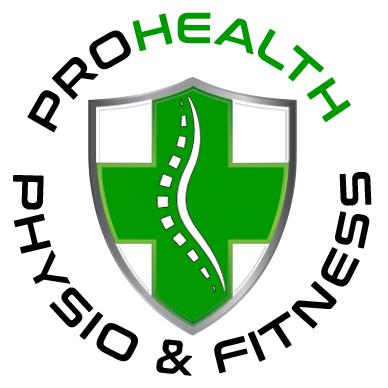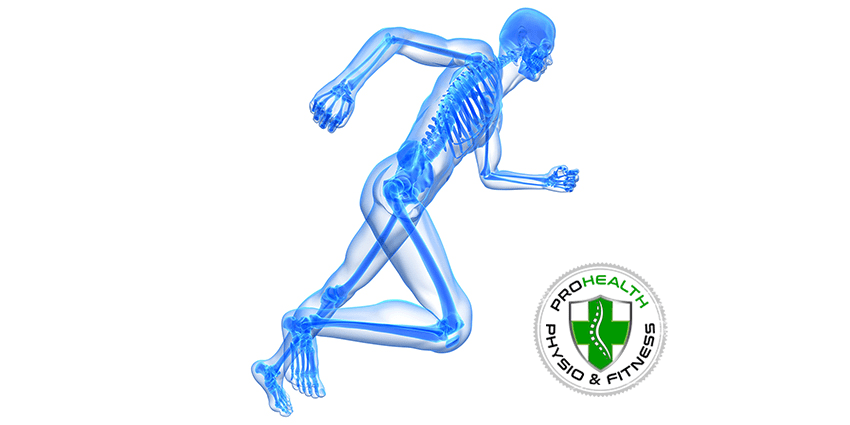Whether you’re training for your first City2Surf, Lane Cove Fun Run, getting back into a regular running routine, or chasing a personal best, smart training can make all the difference. At PROHEALTH PHYSIO & FITNESS (EP), we support runners of all levels to run stronger, recover faster, and stay injury-free. Here are our top physiotherapist-approved tips to help you get the most from every run.
Running Tips: Run Smarter, Not Harder!
Common injuries associated with running include plantar fasciitis, shin splints, calf strain, ankle sprain and tendinopathies, which you experience pain around the calves, ankles and feet. These might take days to months to heal, depending on the severity. To prevent these, there are a number of things that you can add to your training to help make you a well-rounded runner.
1. Warm Up With Purpose
Many runners skip the warm-up, but it’s one of the most important parts of your session. Spend 5–10 minutes doing dynamic movements such as leg swings, walking lunges, and high knees to activate muscles and prepare your joints.
Save static stretches for after your run when your muscles are warm.
2. Listen to Your Body
Soreness is normal. Sharp pain is not. If you’re feeling persistent discomfort in your knees, hips, shins or feet, it could be a sign of overtraining or an underlying issue.
Don’t push through pain! Speak with our physiotherapists to assess and treat it early.
3. Improve Your Running Form
Running efficiently helps reduce fatigue and lowers injury risk. Aim to:
- Keep your head up and shoulders relaxed
- Land softly under your hips (not on your heels or toes)
- Use short, quick strides rather than over-striding
Our physiotherapists and exercise physiologists can help with gait assessments and technique coaching to fine-tune your form.
4. Mix Up Your Training
Incorporate a mix of:
- Intervals to build speed
- Long runs to boost endurance
- Recovery runs to help muscles adapt
Don’t underestimate the power of cross-training. Cycling, swimming, or strength training can improve your running performance and prevent burnout.
5. Prioritise Recovery
Running breaks your body down — recovery builds it back stronger. This includes:
- Proper hydration and nutrition
- Sleep (aim for 7–9 hours per night)
- Regular stretching and foam rolling
A physiotherapy recovery session, massage, or clinical exercise program can also aid muscle repair and injury prevention.
6. Wear the Right Footwear
Old or inappropriate shoes can lead to poor biomechanics and injuries. Get properly fitted at a specialty store or book a foot and gait assessment with us to ensure your footwear suits your needs and foot type.
7. Set Realistic, Enjoyable Goals
Whether it’s running a certain distance, improving your pace, or simply being more consistent, having clear, achievable goals will keep you motivated and on track.
Need help?
If you feel that your training would benefit from a refreshed approach or a screening including an assessment of your footwear, running technique or core stability, please don’t hesitate to contact our PROHEALTH PHYSIO & FITNESS (EP) team today.
Further information
Source: WedMD
Title: 10 Common Running Injuries: Prevention and Treatment
Read Time: 5-10 minutes

